George Washington and the Crossing of the Delaware
In late December 1776, the American Revolution had reached its low point. The 16,000-man Continental Army that had driven the British out of Boston in March 1776 had lost countless battles over the course of nine months and dwindled to a skeletal force of 3,000 soldiers on the west side of the Delaware River.
Unable to cross the river, British General William Howe returned to his warm headquarters in New York and set up outposts in western New Jersey to keep an eye on the Americans. Just across the water at Trenton, he stationed a contingent of 1,500 Hessian mercenaries serving in the British Army, with an additional 1,500 Redcoats a few miles further south at Bordentown.
At this, our darkest hour, Thomas Paine, who had authored Common Sense earlier in the year, published The American Crisis, a stirring series of pamphlets designed to strengthen the resolve of Americans. One man with whom it resonated was General George Washington, the commander of what remained of the Continental Army.
With numerous enlistments expiring at the end of the month, Washington knew the situation was desperate. On December 18, he told Congress that if the army were not quickly reinforced, “I think that the game is pretty near up.” Staring at the end of the great American Cause, Washington did not despair, but rather chose this moment to take action and strike a surprise blow at the Redcoats.
Washington would launch a counteroffensive against the British garrison at Trenton. He wrote, “Necessity, dire necessity, will justify my attack.” After General John Sullivan and 2,700 reinforcements arrived in camp, Washington finalized his plans. He decided to cross the ice-choked river the night of December 25, 1776, knowing that the Hessians would be recovering from a day of Christmas reverie.
Washington divided his force into three units, each with different crossing points. General James Ewing would take Pennsylvania militiamen across the river just below Trenton. Colonel John Cadwalader would take a contingent of Continentals over further south and attack the Brits at Bordentown. The third group, all Continentals and personally led by General Washington, would cross the Delaware eight miles above Trenton at McKonkey’s Ferry.
The difficulty of this crossing cannot be minimized. The Delaware River was fast flowing and full of large chunks of ice capable of damaging or tipping boats. The vessels they used were Durham boats, open flat-bottomed crafts propelled by oars and poles that held 40 men. Unfortunately, they exposed all passengers to the elements, with low sides over which waves of frigid water easily splashed.
This perilous crossing also included boats filled with horses, cannons, gunpowder, and countless other necessities. Think of the challenges of simply loading the boats. As if things were not difficult enough, they crossed in the pitch black of night during a howling, blowing snow and sleet storm. And if they got across, they then had to fight a battle. These were hardy souls.
Gilbert Stuart. “General Henry Knox.” Museum of Fine Arts, Boston.
The two units not under General Washington’s direct command decided the crossing was too hazardous and, on their own, cancelled or delayed their mission. Washington was fortunate to have his most trusted subordinate, Colonel Henry Knox, with him to organize the logistics of the crossing. Knox was a man for whom adversity and hardship was not a huge obstacle, as he demonstrated when he brought the heavy cannons from Fort Ticonderoga to Boston the previous winter.
Washington also benefitted from having a unit of seafaring men from Marblehead, Massachusetts, under the command of Colonel John Glover in his contingent to man the boats. This fine unit was the same one that saved General Washington’s army earlier that year by ferrying them from Long Island, where they were trapped across the East River to Manhattan after the disastrous defeat at Brooklyn Heights.
Washington had hoped to land early enough in the morning to march the eight miles to Trenton and attack the Hessians before dawn. That did not happen due to delays with the vessels transporting the horses and cannons. Instead, the Continentals arrived at the outskirts of town around 8 a.m. and immediately moved to the attack.
The Hessians were caught off guard and the fight was over in less than thirty minutes. General Washington had captured 900 prisoners with none of his men killed, although two died of exposure from the harsh conditions, and only four wounded. Interestingly, one of the four wounded was Lieutenant James Monroe, our future President, who assaulted and captured two enemy cannons.
Washington quickly had Knox organize a recrossing of the Delaware but now with the Hessian prisoners in tow. By nightfall, General Washington and his men were safely back in Pennsylvania. On December 27, Washington proudly informed Congress of his victory and was already planning his next move.
Next week, we will discuss Washington recrossing the Delaware and his bold attack at Princeton. Until next time, may your motto be “Ducit Amor Patriae,” love of country leads me.

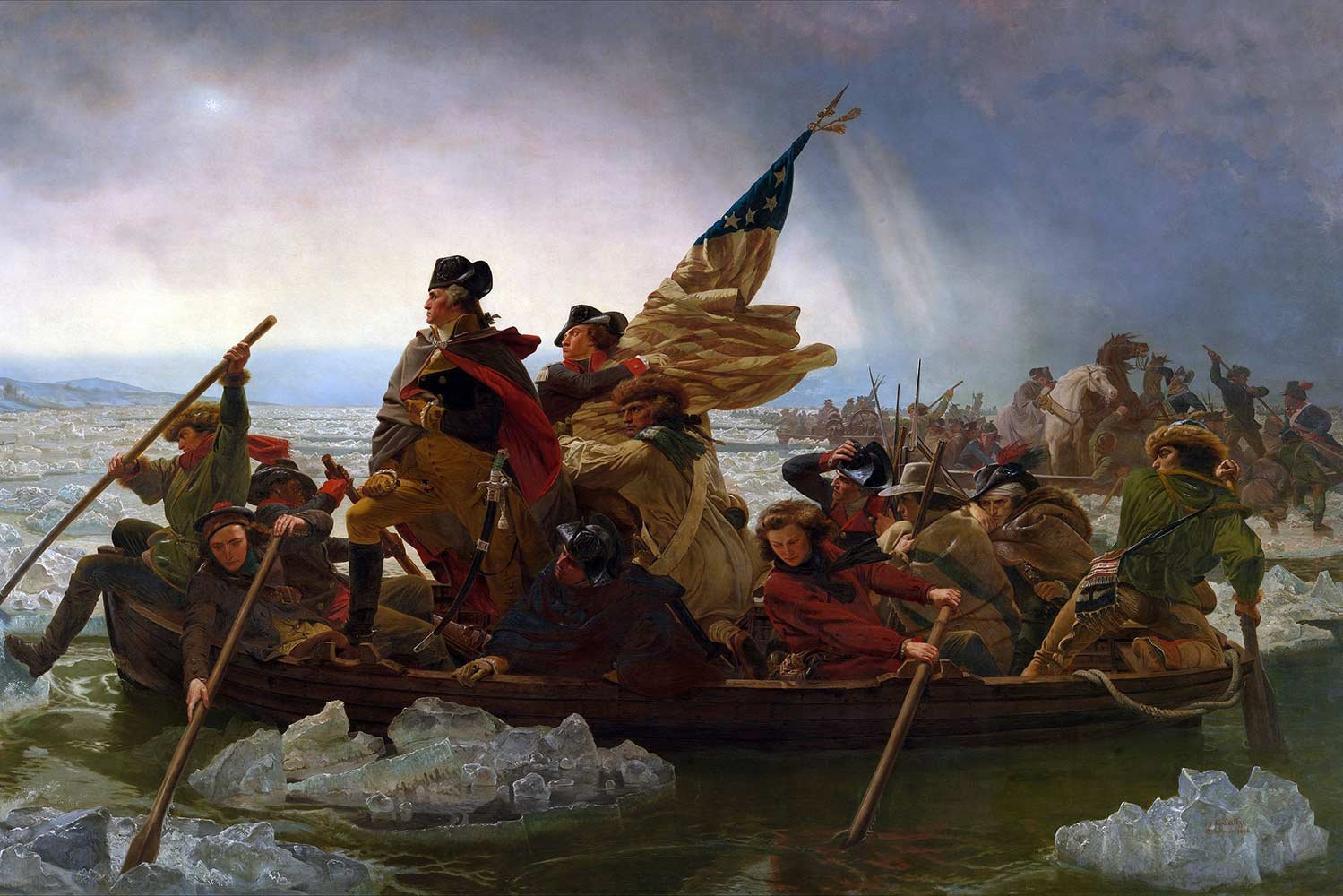
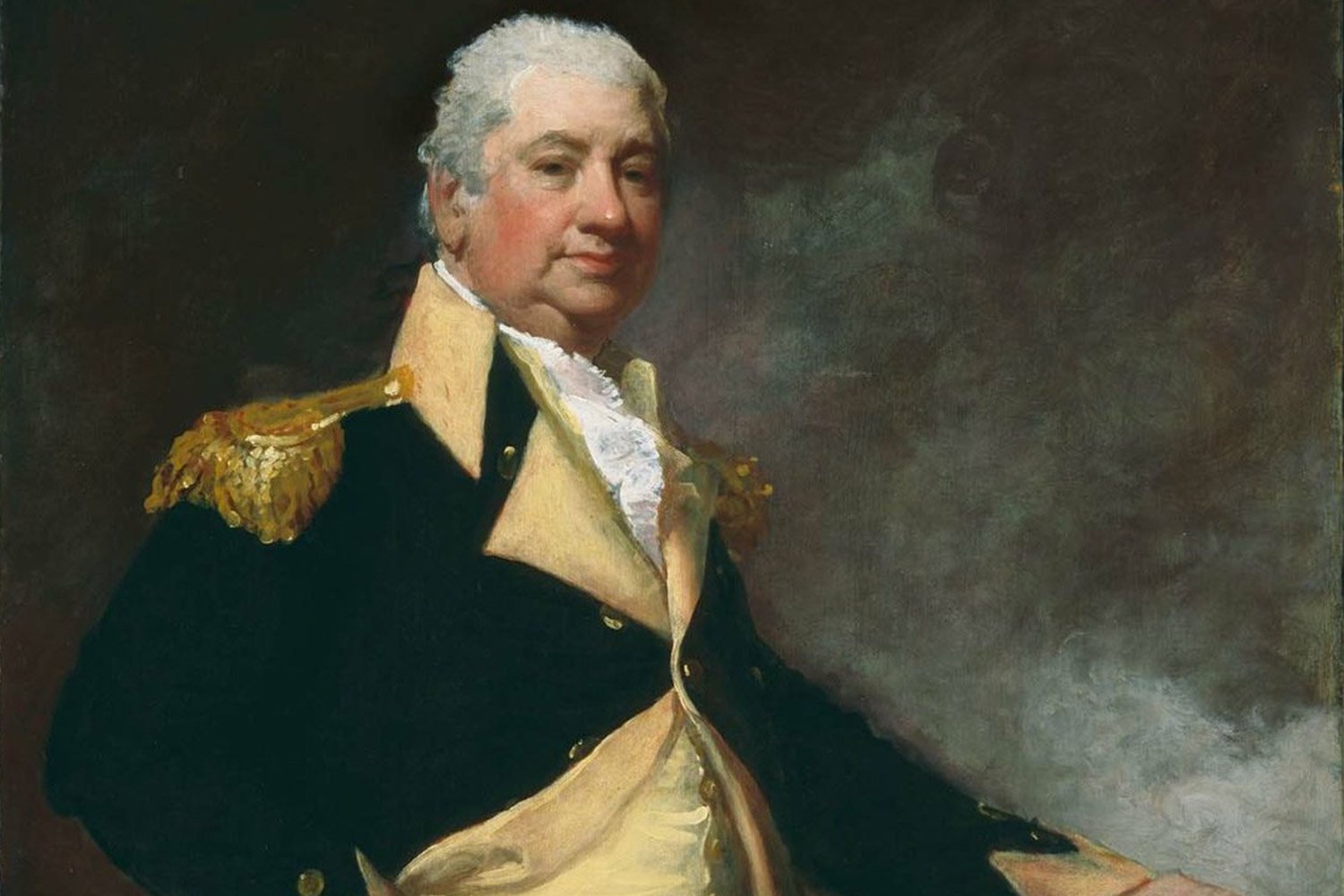
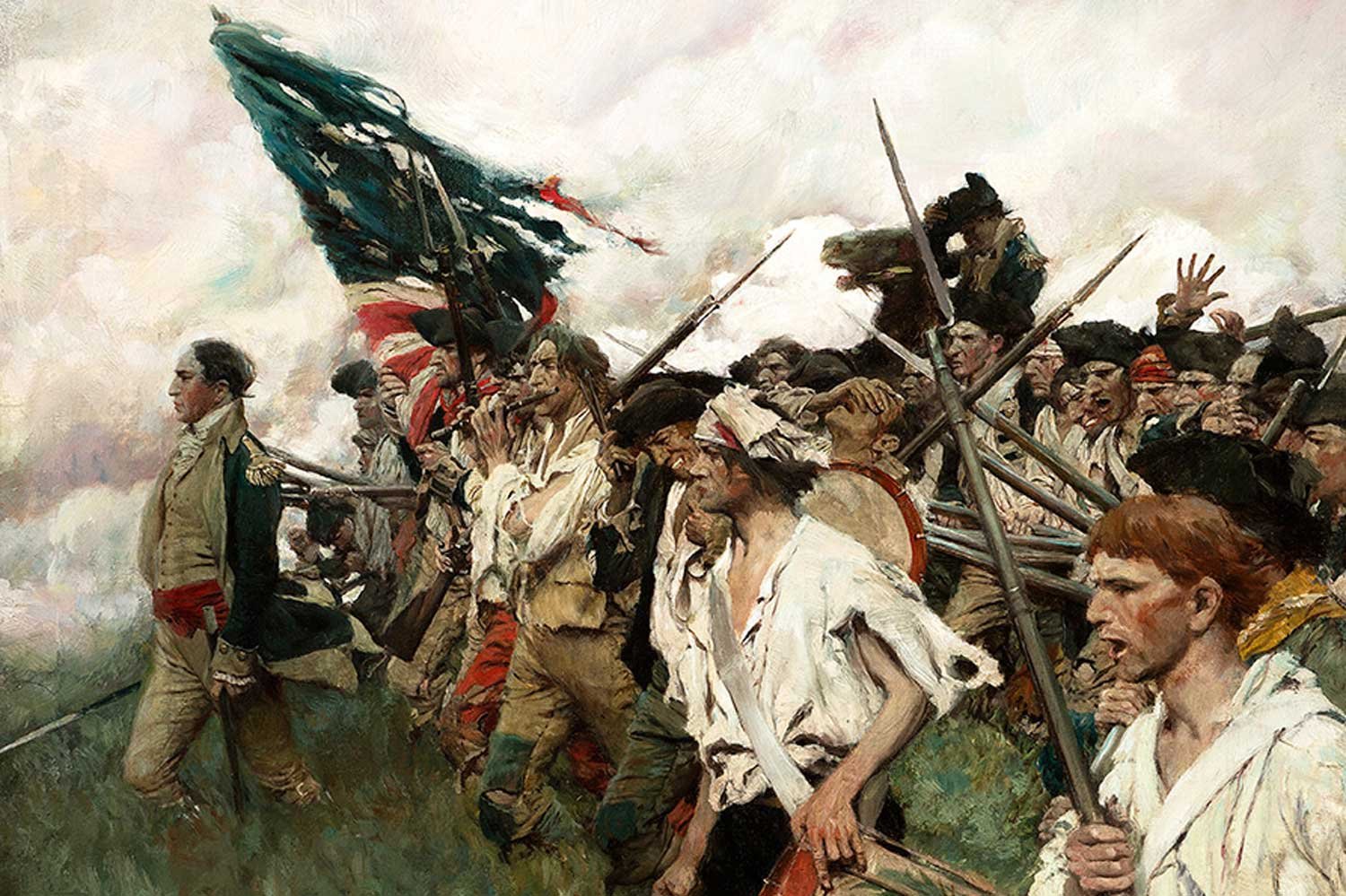
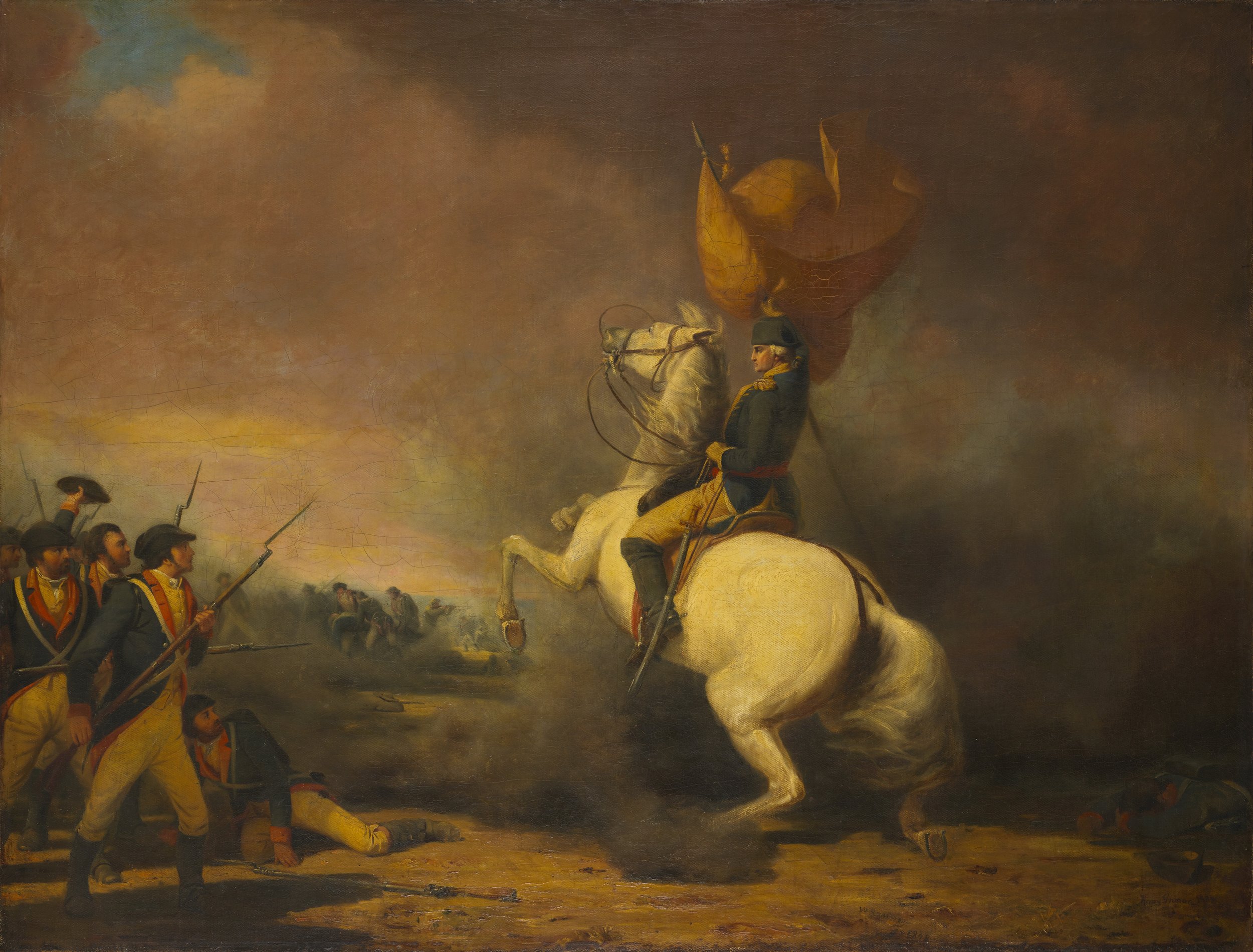

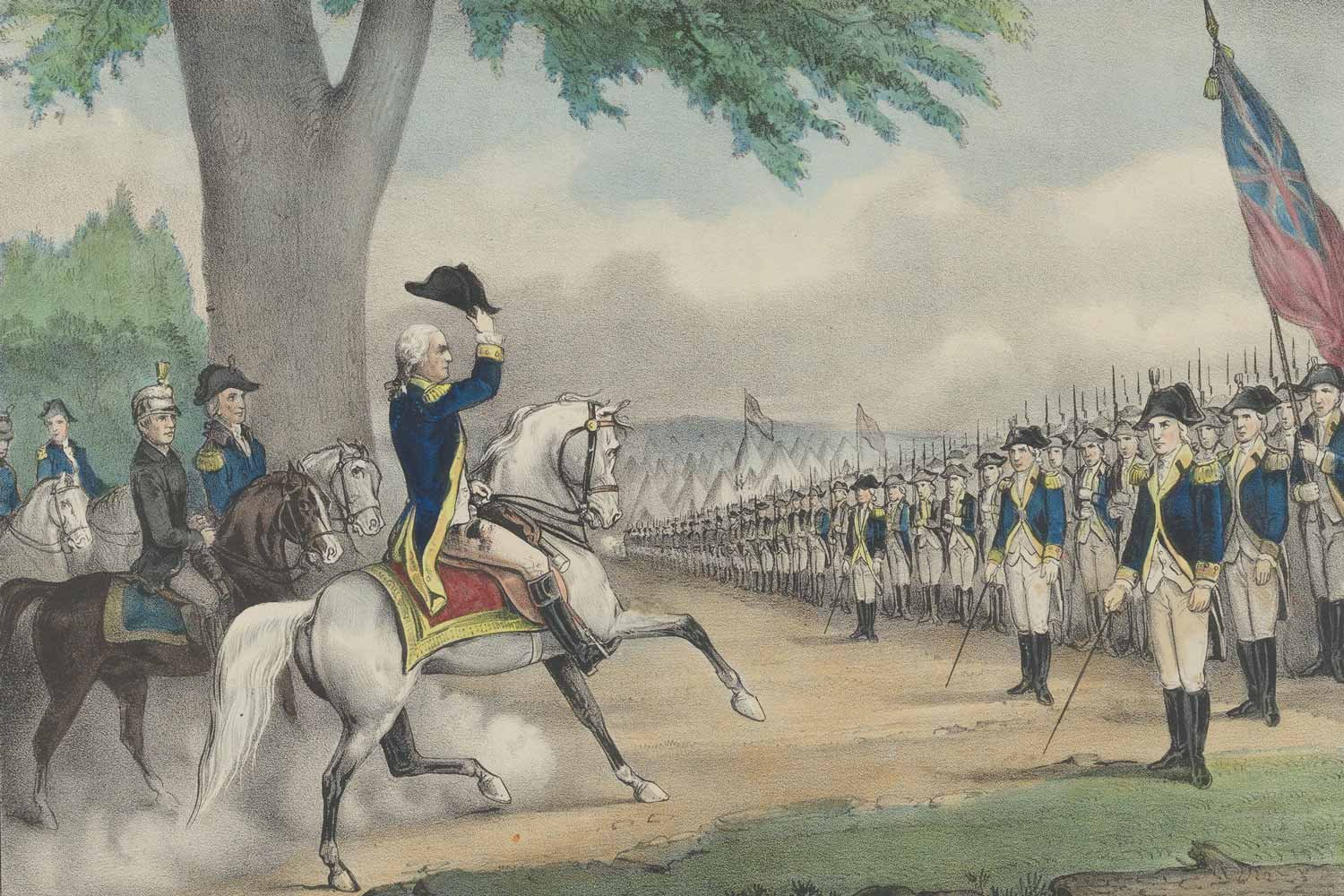
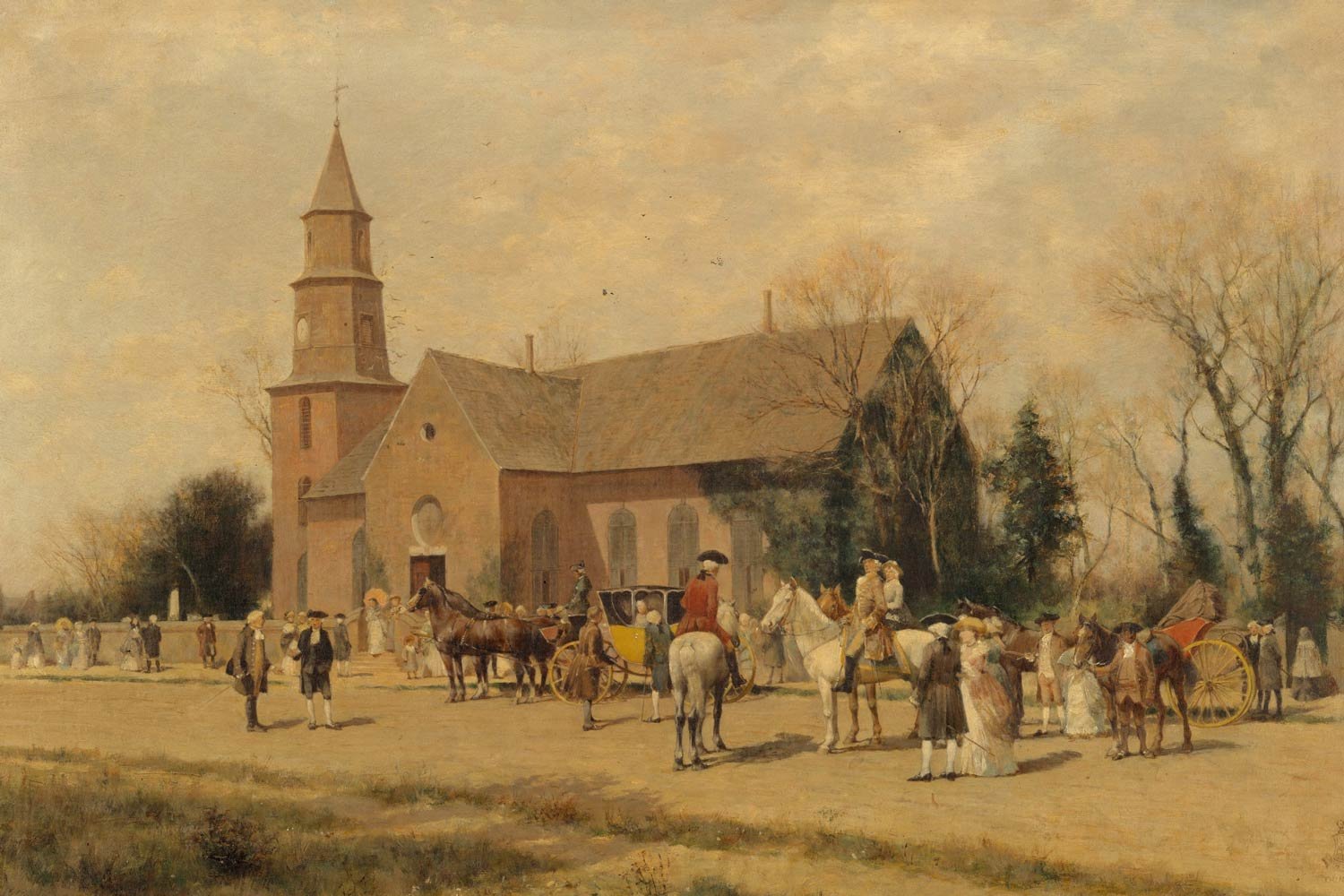
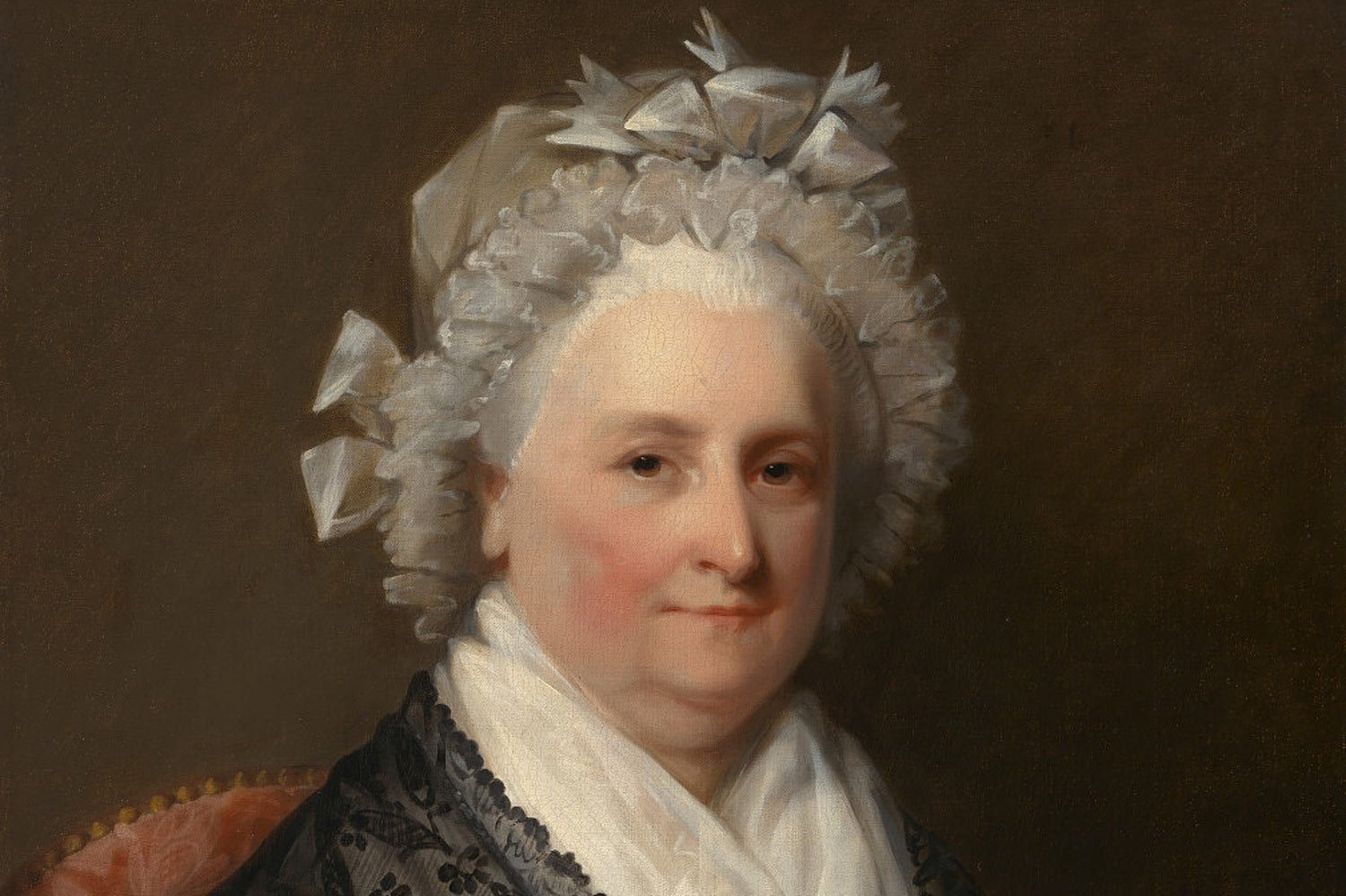
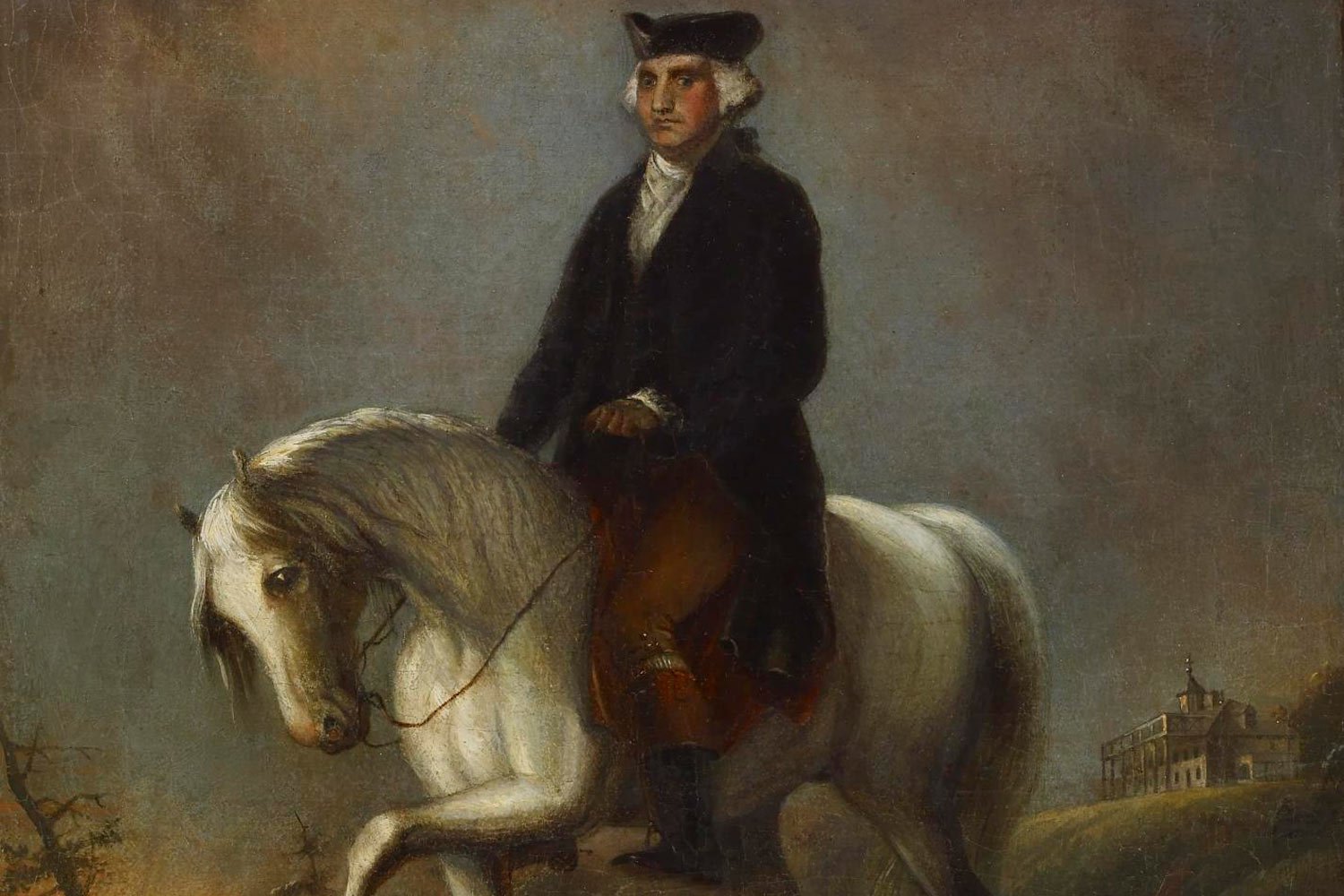
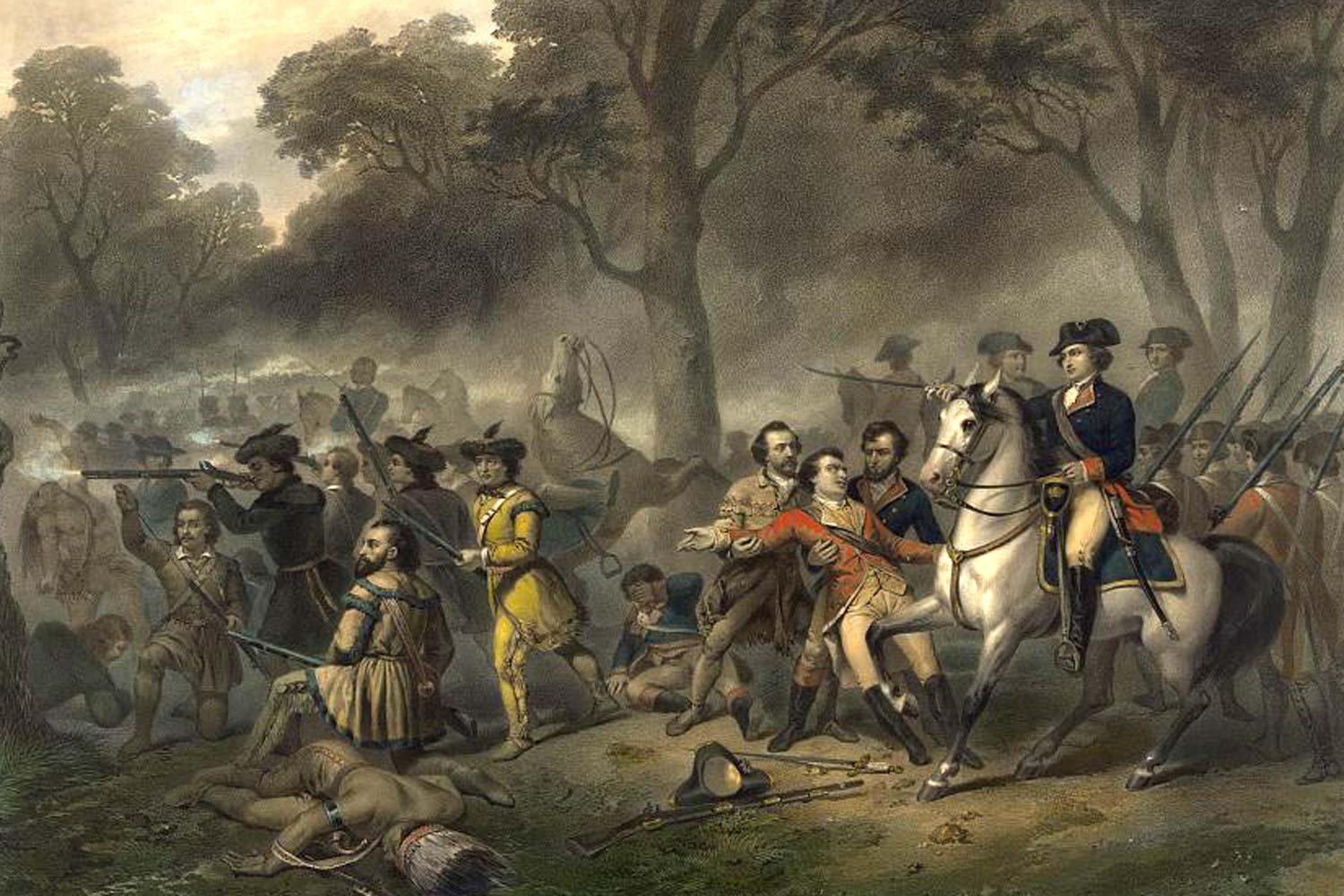
In December 1777, following the loss of Philadelphia, our nation’s capital, General George Washington moved his Continental Army to Valley Forge for the winter. It would prove to be a desperately hard winter for the soldiers, with conditions that might have broken the spirit of less determined men, but one from which the American army emerged a more professional fighting force.